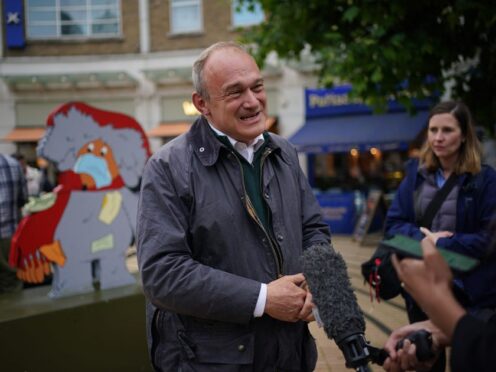In an interview on Sky News, Liberal Democrat leader Sir Ed Davey said that “the big banks, since 2016, have had tax cuts worth about £4.3 billion a year”.
Evaluation
The Liberal Democrats’ own calculation shows that the tax cuts Sir Ed was speaking about are worth around £3.8 billion a year at the moment. They will only reach £4.3 billion in the year ending March 2029.
The facts
In the year ending March 2016, the Bank Levy tax collected £3.2 billion for the Government. In the year ending March 2017, the Bank Surcharge – a different tax on banks – collected £1.7 billion.
Figures from the Liberal Democrats show that if the Bank Levy had kept up with inflation – as measured by the GDP Deflator – it would have collected around £4.2 billion in the year ending March 2025.
If the Bank Surcharge had kept up it would have collected £2.1 billion in the same year. Together that would be £6.3 billion.
Instead the Levy collected £1.4 billion and the Surcharge collected £1.1 billion, for a combined £2.5 billion.
That means that if both taxes had risen with inflation they would have collected £3.8 billion more in the year ending March 2025.
That would have risen to £3.9 billion, £4.0 billion, and £4.1 billion in the following three financial years.
Not until the year ending March 2029 would the figure hit £4.3 billion.
The Liberal Democrats’ figures are based on forecasts from the Office for Budget Responsibility and historic data from the Office for National Statistics.
Links
Sir Ed on Sky (archived post and video)
Liberal Democrats’ calculations
OBR – Economic and fiscal outlook (archived)
OBR – Public finances databank – May 2024 (archived)
